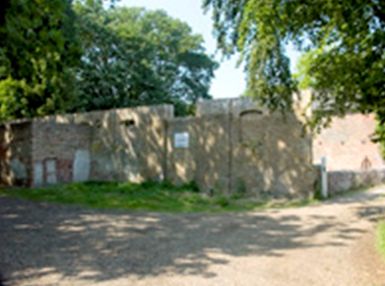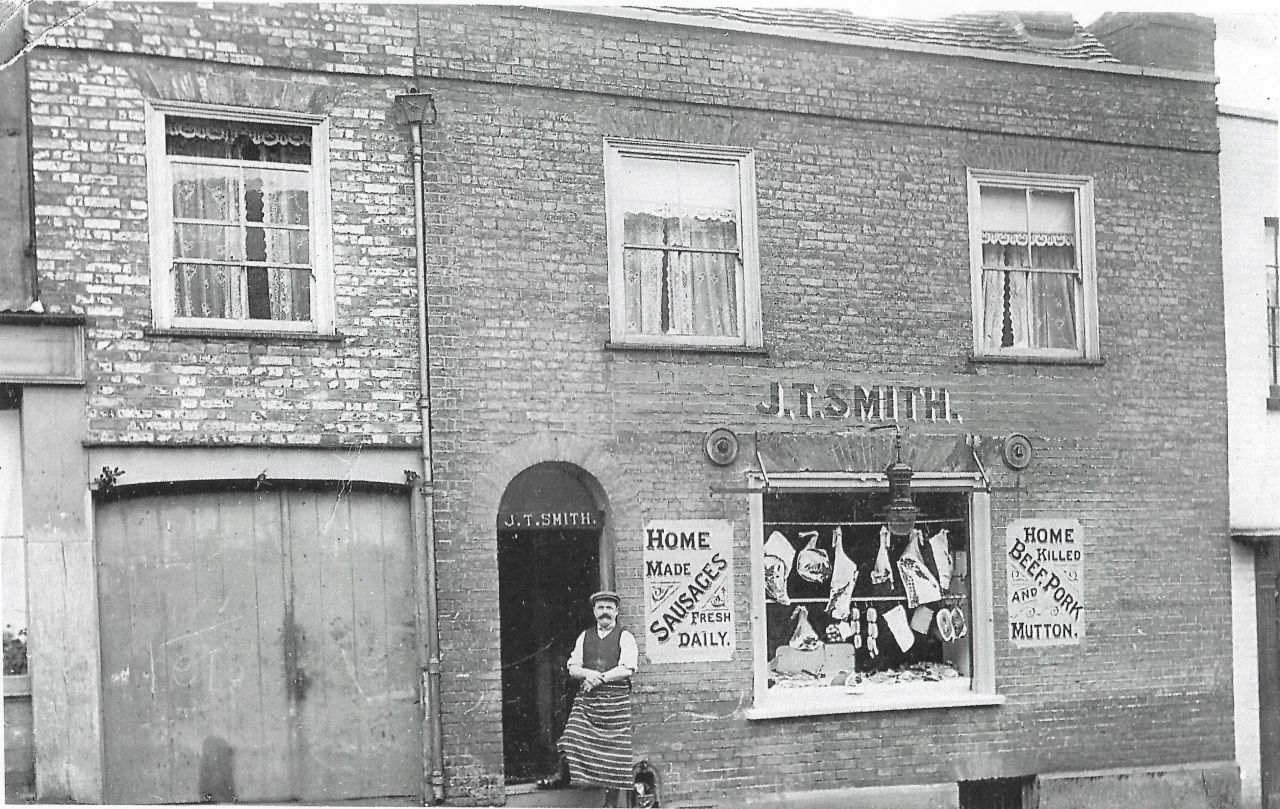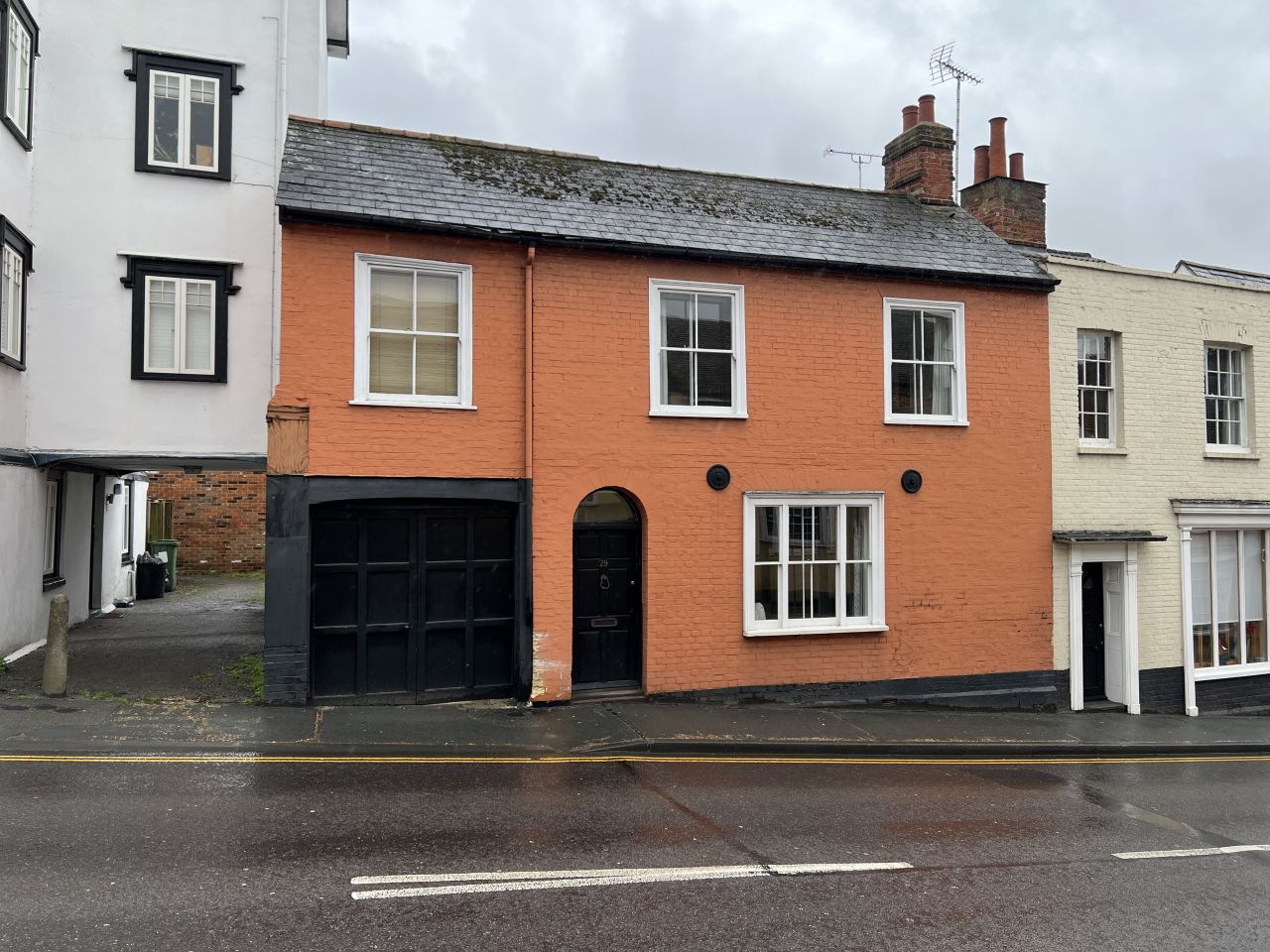Maldon is a town on the Blackwater estuary, famed for the production of Maldon sea salt.
| Name | Occupation | Posted from | Until |
|---|---|---|---|
| Sergeant John Albert Smith | Canteen manager and butcher |
Unknown | 03 Dec 1944 |
| Corporal Philip Hugh Markham | Factory owner |
Unknown | 03 Dec 1944 |
| Private William Robert Broome | Cowman |
Unknown | 03 Dec 1944 |
| Private Horace William Nightingale | Sheet metal fitter |
Unknown | 03 Dec 1944 |
| Private Thomas Ewers Quilter | Wharf foreman |
Unknown | Unknown |
| Private George Frederick Rose | Mineral water salesman |
Unknown | 03 Dec 1944 |
| Private Edward Frederick Varley | Farmer |
Unknown | Unknown |
The OB was concealed within the derelict Beeleigh Mill.
Tony Smith, the son of Sergeant Smith, recalled: The OB was built in secret by military engineers, hidden under Beeleigh Mill with access via a concealed trapdoor in the floor. My Mother was shown this towards the end of the war when the risk of invasion had receded. After the war I was shown where they hid their radio under a hedge in an adjacent field.
The hideout contained the basics (the basics included a barrel of rum) for the group to exist for a week – it had been learnt from similar groups operating in occupied France that a week was the usual time that it took for them to be discovered and captured.
Terry Broome, the nephew of Auxilier Bill Broome, recalled that the trapdoor was under the third flagstone from the far wall looking right inside the mill. There was an 8 foot deep galvanised iron shaft with a ladder, then an arch through to the main chamber. There were shelves in the entrance lobby where the explosives and other kit were stored. The main chamber was a corrugated iron elephant shelter, with a short escape tunnel exiting high on the end wall. This was made of flat corrugated iron sheets, braced with wooden posts making a 2 foot 6 inch square shaft. It exited high on the tail race, which was covered over. This meant that a 10 foot long boat could be concealed there, capable of carrying the whole Patrol. Releasing it on the fast moving water would launch it rapidly downstream away from the mill.
Reportedly it was filled in within 6 months of the end of the war. In the 1980's, it was uncovered by Water Board engineers, but quickly back filled, according to the then owner of the adjacent Beeleigh Falls House.
There was an archaeological dig at the site in 2007. The report can be seen here.
Maldon Patrol
Tony Smith reported; For training, my father was told to report to the Post Mistress at the GPO, Highworth, Wiltshire. From here he was picked up by army lorry and taken to what turned out to be Coleshill House. Here he was trained in the use of plastic explosives, time pencils, weapons, the techniques of sabotage, how to kill silently and how to disappear into hiding in an operational base when the time came to go underground.
Auxilier Bill Broome told his nephew that as well as visiting Coleshill, he had also trained at Wivenhoe Park, now better known as the University of Essex. At his funeral, Terry Broome learnt that his Uncle had used his wartime skills to set up tripwire alarms for the foxes that raided his chicken coops after the war. The Patrol met regularly at Philip Markham's house opposite the hospital in Maldon.
Tony Smith recalled; The shuttered butchers shop became a munitions store. The butcher's blocks were now piled high with trip wire, booby traps, time pencils, fuse wire, plastic explosive, Colt revolvers, Fairbairn daggers, knuckle dusters, powerful magnets for attaching bombs to tanks, boxes of .22 &.38 ammunition, hand-grenades, and my father’s .22 Winchester snipers rifle with telescopic site and silencer.
In the garage at the bottom of the garden which had once housed his beloved MG Magnette – now sold to an airman in the RAF – were stacked crates of fire bombs.
Luckily, the services of the Auxiliaries were never called upon. At the end of November 1944, the Auxiliaries were disbanded. The War Office took away my father’s much prized snipers rifle and, much to his disgust, the still full barrel of rum, but despite repeated requests, they failed to collect the explosives. These were eventually dumped at sea by a friendly local fisherman.
As noted above, along with a number of other Essex Patrols, such as Hatfield Peverel and Mistley, it seems that the Maldon Patrol had access to a wireless transmitter. It is not known what type this was and how this would have linked, if at all, to the Special Duties wireless network. This does not seem to have been a feature of Operational Patrols elsewhere in the country.
Beeleigh Mill is currently being restored. It can only be accessed on foot. There are occasional open days, run by Beeleigh Mill Restoration Trust, though there is nothing to see of the OB.
TNA ref WO 199/3389
Hancock data held at B.R.A
1939 Register
Report from Tony Smith, son of Sergeant Jack Smith.
Additional information from Terry Broome, nephew of Bill Broome and volunteer at the British Resistance Organisation Museum at Parham and Nick Smith.
BROM Newsletter March 2010
www.heritagegateway.org.uk/Gateway/Results_Single.aspx?uid=MEX1035558&r…


